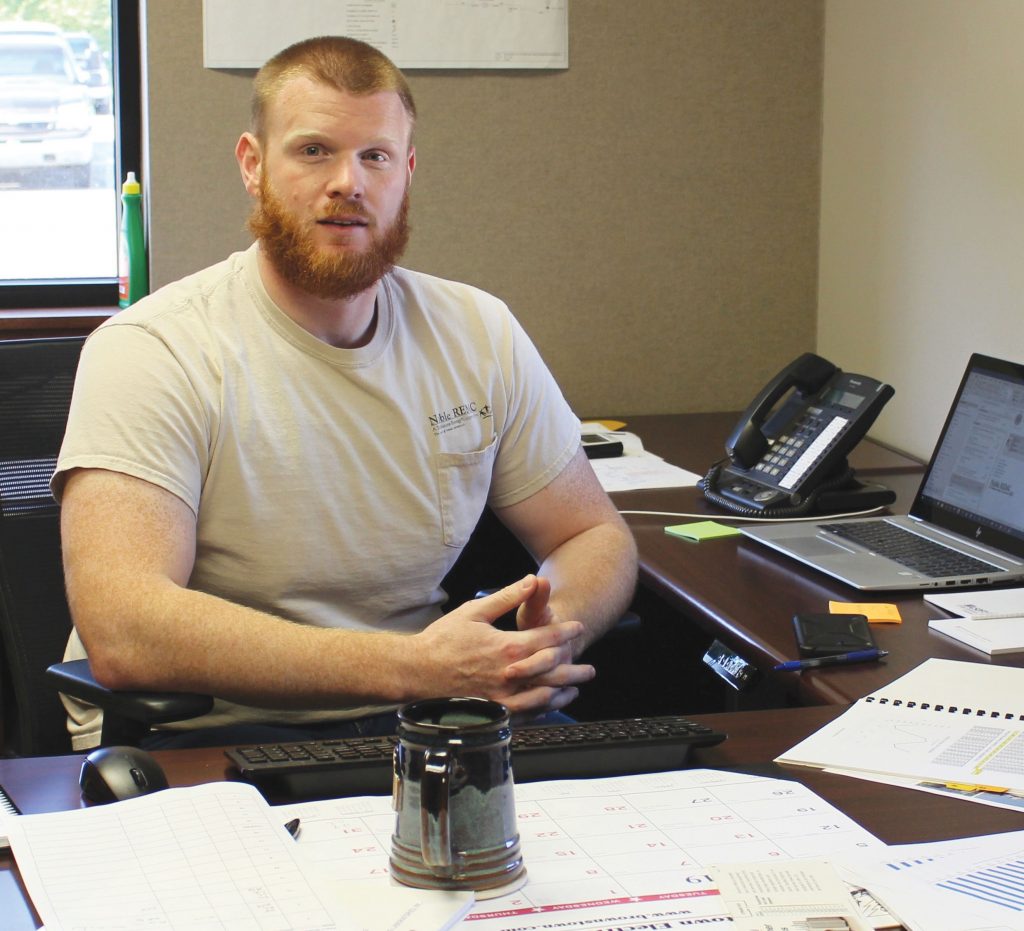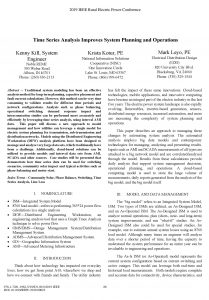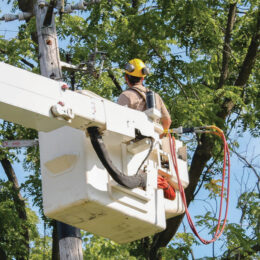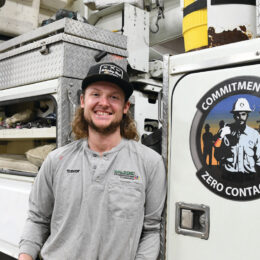
Though only six pages, Noble REMC System Engineer Kenny Kill’s recently published paper isn’t light reading.
“Time Series Analysis Improves System Planning and Operations” outlines how large data sets can now be managed and analyzed by a new platform called the Distributed Engineering Workstation — DEW, for short — to plan for transmission, sub-transmission and distribution networks.
Even the summary can seem like a lot to process.
But for Kill, it’s the future for how cooperatives will maintain and take care of their distribution systems. Many already have the structure in place, after installing automated metering infrastructure which collects and communicates data directly to the co-op. Using this data with the new DEW software, electric cooperatives can see beyond meters, to analyze line loss, transformer loading, voltage data and distribution configuration.
“It’s cool to me,” Kill said. “I think it’s something that’s going to happen. It will be the standard in 10-20 years.”

The paper, which he co-wrote with Krista Kotur, PE, National Information Solutions Cooperative (NISC), and Mark Leyo, PE, Electrical Distribution Design, shows how cooperatives can be proactive in managing and operating their distribution systems through data analysis.
“The goal is to present actionable information daily to engineering or operating personnel without daily intervention,” the paper states.
Kill became involved with the program when it was still in beta testing in 2017, running it beside the traditional system until he transitioned exclusively to DEW.
Noble REMC used it to analyze whether it could maintain adequate voltage during the air conditioning and irrigation season if there was a transmission outage for a rebuild project. It also used the software to see what the peak output from the LaOtto Solar Generating Station would be on a typical, sunny day.
Seeing the software as a step in the right direction for cooperatives, Kill wrote the paper for those in “the community,” other engineers like himself, to raise awareness for what’s to come.
He, Kotur and Leyo began writing about the software in the fall of 2018 and finished it that winter. The group, minus Leyo, presented its findings and publication at the 2019 IEEE Rural Electric Power Conference in May, receiving a lot of positive feedback from their peers.
But Kill’s biggest fan doesn’t belong to the electric industry.
“I gave it to my mom, and she pinned it to the refrigerator at her house,” Kill said with a smirk. “It’s one paper in a technical journal, not The New York Times, but I’m happy with it.”



